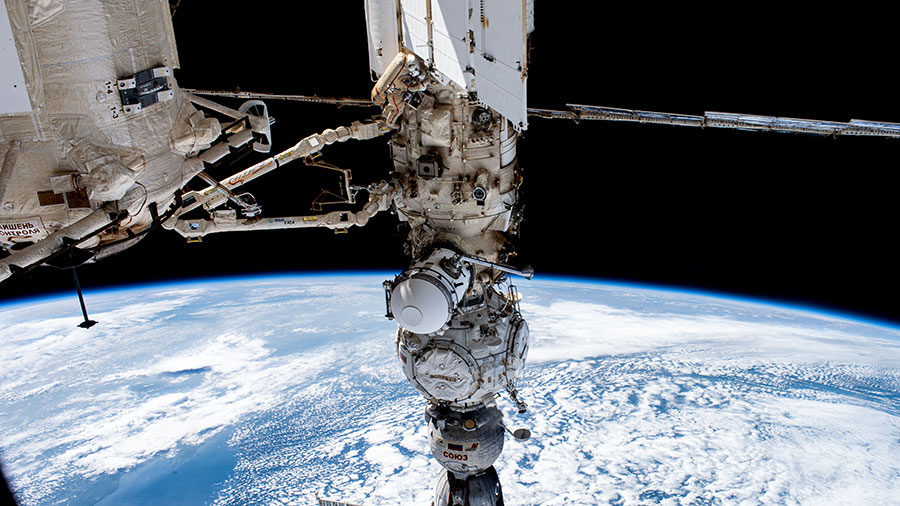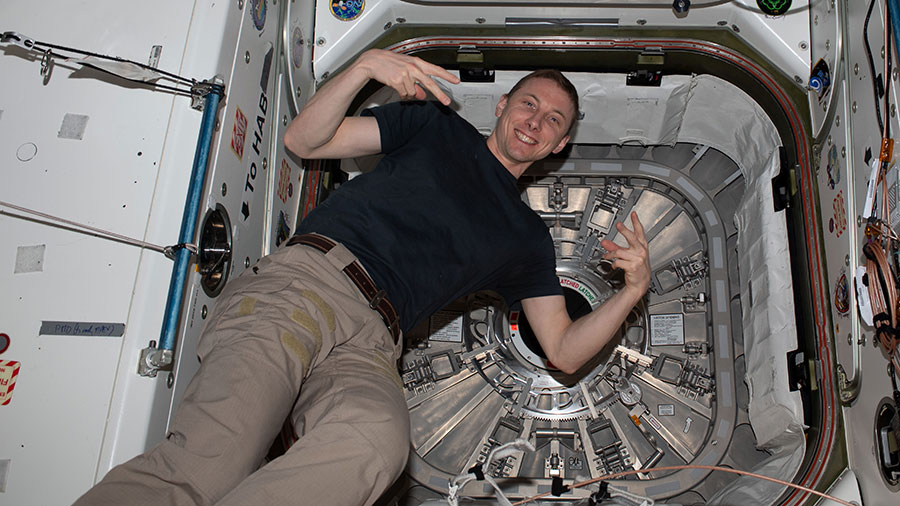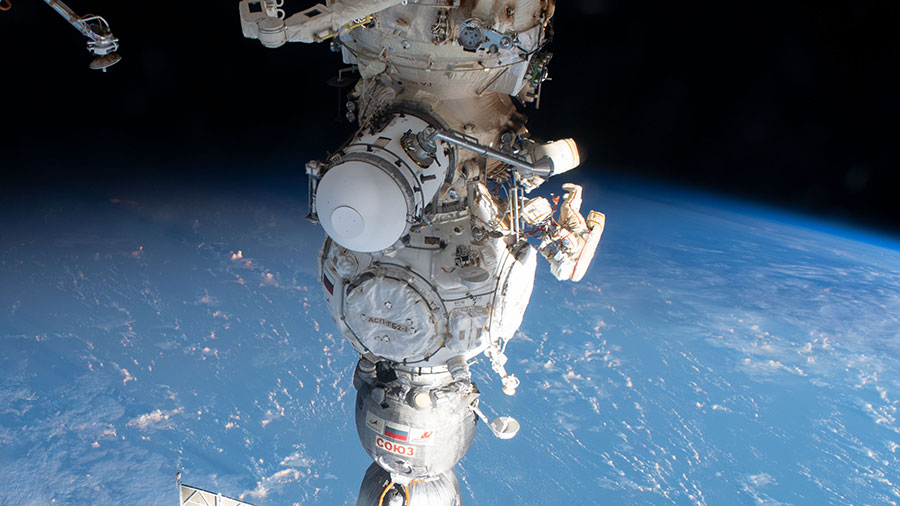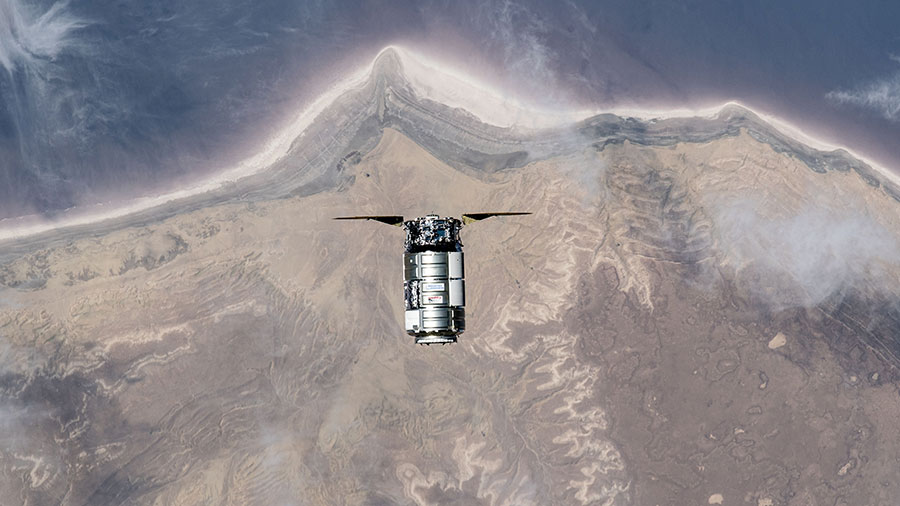
Exercise, physics, and robotics were the main science objectives aboard the International Space Station on Wednesday. The Expedition 69 crew also expanded the orbital lab’s stowage volume while it waits for upcoming cargo and crew missions.
The lack of gravity while living and working in space requires crew members to exercise every day for two hours to maintain muscle and bone health. Doctors evaluate the effectiveness of space exercise to ensure astronauts remain healthy in microgravity and are prepared to return to Earth’s gravity environment.
NASA astronauts Stephen Bowen and Woody Hoburg began the day taking turns pedaling on the station’s exercise cycle while attached to sensors and wearing a breathing mask. The two flight engineers were being observed by support personnel on the ground to monitor their aerobic fitness after living in space since March 2.
Bowen later joined NASA Flight Engineer Frank Rubio to complete the installation of an overhead stowage platform in the Quest airlock. Rubio wrapped up the platform work installing an oxygen recharge tank to transfer oxygen to Quest. The new platform expands the equipment stowage volume inside the airlock. Rubio earlier began his day swapping graphene aerogel samples in the Microgravity Science Glovebox for a space manufacturing study.
Astronaut Sultan Alneyadi of the UAE (United Arab Emirates) spent his day on educational activities inside the orbital outpost. Alneyadi first set up the free-flying Astrobee robotic helper testing its operation ahead of an opportunity for students to test their software programming skills that would control the toaster-sized device. The first-time space flyer then filmed simple microgravity physics experiments for viewing on Earth by junior high school students and their teachers.
Roscosmos cosmonauts Sergey Prokopyev and Andrey Fedyaev tested a specialized suit during the morning that will help them adapt to Earth’s gravity. The lower body negative pressure suit is worn a few weeks before a crew member returns to Earth and redistributes fluids that have pooled in the upper body toward the lower body. Afterward, Prokopyev activated a 3D printer then photographed the Earth below. Fedyaev tested future piloting and robotic techniques then worked on ventilation maintenance in the Zvezda service module.
Roscosmos Flight Engineer Dmitri Petelin started the Zvezda ventilation work in the morning. He then worked throughout the day on a variety of other maintenance activities including life support tasks and orbital plumbing duties.
The Roscosmos Progress 83 cargo craft is due to end its mission and depart the space station on Sunday, Aug. 20, after six months docked to the aft port of Zvezda. It will be replaced by the Progress 85 cargo craft on Aug. 24 two days after its launch from the Baikonur Cosmodrome.
Learn more about station activities by following the space station blog, @space_station and @ISS_Research on Twitter, as well as the ISS Facebook and ISS Instagram accounts.
Get weekly video highlights at: https://roundupreads.jsc.nasa.gov/videoupdate/
Get the latest from NASA delivered every week. Subscribe here: www.nasa.gov/subscribe









